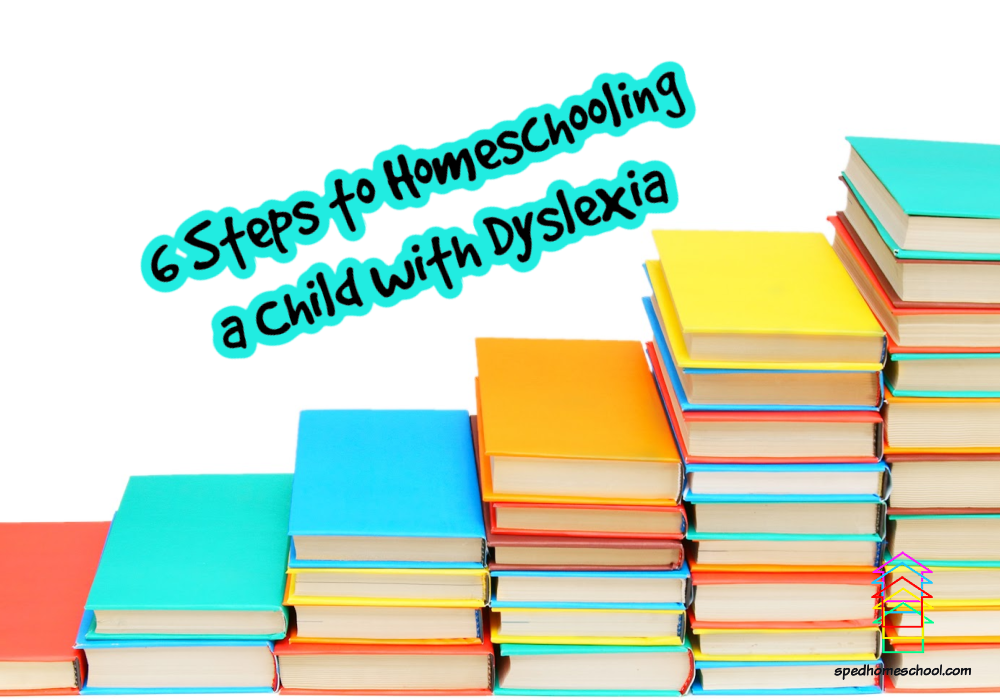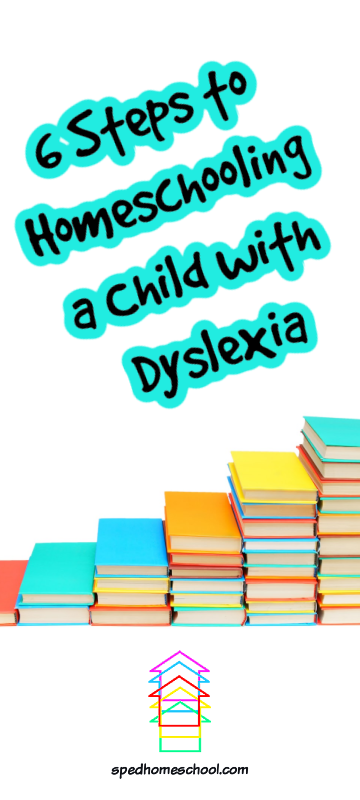
By Yehudis Litvak, SPED Homeschool Partner, Homeschool Boost
Every child is unique. The beauty of homeschooling is the ability to customize your child’s education to fit their uniqueness. This is true for any child, and even more so for a child with learning differences.
And that’s step 1 in homeschooling your child with dyslexia–a fundamental change from the way schools approach education towards a more holistic educational paradigm that builds on your child’s strengths while helping them build up their areas of weakness.
All my children are wonderful, amazing, and bright students who love to learn. Two of them have dyslexia. That doesn’t mean they are less capable. They are not learning any less than the other two. They just need different ways to learn, alternative ways to access information–ways that do not require a superhuman effort on their part. A child who struggles with reading but loves science, for example, can learn about science from audiobooks and documentaries. They can also learn online, using browser extensions that read any text aloud. And of course, our favorite way–read alouds.
So step 2 is that instead of lowering your expectations on how much your child can learn, find alternative ways to access information and learning materials, so your child can learn just as much as their non-dyslexic peers.
Once you’ve set up your child for success in their areas of interests and strengths, you need to help them in their areas of struggle. For this, determine precisely what these areas of struggle are. To do this, start by understanding there are different types of dyslexia. Two children with the same diagnosis on paper may struggle with very different issues. Step 3 would be to get to know your child, to notice specific struggles. Turn to professionals for help. Ask local homeschoolers for referrals to trusted professionals who can help get you connected. While you’re at it, check your child’s vision and hearing, which could also cause learning struggles.
When you have a clearer idea regarding what’s causing your child’s learning difficulties, you can look for the best way to help them. That’s step 4, and it might take time and trial and error. There are many wonderful programs out there. It’s not that some are better and others are worse. It’s that some are a better fit for your child than others. Some families choose to outsource, hiring a tutor to work with their child. Others purchase materials and work with their child themselves. There is no right or wrong. Do whatever works for your child and your family.
And then step 5 would involve finding the proper balance between supporting your child’s strengths and interests and helping them make progress in their areas of struggle. I always compare homeschooling a child with learning differences to riding a seesaw. After spending some time on, say, reading instruction for a struggling reader, you need to restore balance by spending as much, or even more, time on something your child truly enjoys.
The overall atmosphere in the home should be that of unconditional acceptance. Your child should know that the rest of the family accepts him or her just the way they are. Yes, you’d love him even if he never learns to read. Yes, you’d love her even if she keeps misspelling her own name. This might be obvious to you, but not necessarily obvious to your child! Verbalize it! Tell them that their learning challenges do not diminish their value as a human being. Such conversations mean more to our children than we might imagine.
And step 6? Have fun! Our children grow so fast! We want to give them a wonderful, memorable childhood. Don’t let your child’s learning struggles get in the way! Spend time each day enjoying each other’s company and doing something both you and your child enjoy. Get outside, explore nature around you, go on fun trips. Remember that everything our children do is educational. There is so much to learn everywhere you turn, as long as you nurture your child’s curiosity and sense of adventure. Enjoy the journey!
For more homeschooling information and resources, including a free dyslexia-friendly literature and science unit , please visit HomeschoolBoost.com.

